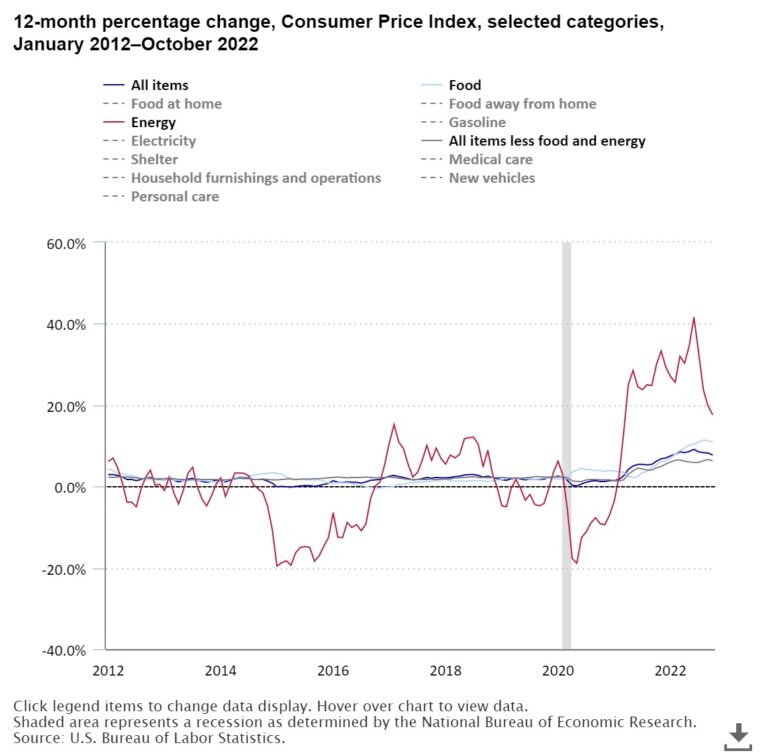
Investing success relies more on patience and discipline than return on investment. It can also require pain and sacrifice. Yet, many focus so intently on potential returns and trying to predict the future. Instead, focus on what you can control. The biggest risk to investing success is our own behavior.
Behavioral Finance Defined
Behavioral finance is the study of psychology in investment decisions. The idea is that people make irrational financial decisions based on their emotions. This contrasts with other market theories that assume financial markets are efficient due to participants making rational decisions based on all available facts and data. This is known as efficient market hypothesis.
Understanding human behavior is not always rational can help us become better investors. Facing our personal biases and cognitive limitations will help investors avoid irrational financial behavior.
If you are suffering from any of the following feelings about your investments, there is hope. If left untreated, these feelings can lead to poor results, falling short of goals, and a lackluster retirement.
Let’s review some common biases and behavioral finance concepts.
Overconfidence Bias
A recent string of investments that have performed well can lead to overconfidence when it comes to investment selection. This can cause one to focus on the potential upside of investments while de-emphasizing the potential downside.
Overconfidence is very similar to the “hot hand fallacy” in basketball. Assume a player is on a hot streak and has made the last five shots in a row. You assume the player will make the next shot. It might also cause the player to make an ill-advised shot.
Assume that you picked some stocks that subsequently rose during the last several months. Your perceived success in picking stocks may be less attributable to you and more attributable to other factors.
Was it really your wisdom that led to the results or was it due to a rising market or simply luck? This is where so many investors go wrong and it’s an excellent reminder of investor behavior to avoid.
Hindsight Bias
There is an old expression that hindsight is always 20/20. According to Morningstar, the definition of hindsight bias is “believing that unpredictable past events, in retrospect, were obvious and predictable.” This can lead to feelings of regret and frustration and negatively affect future financial decisions.
Financial Crisis and Great Recession
The mortgage meltdown and subsequent financial crisis during the 2000s can be an example of hindsight bias. There were a small number of people who saw these events coming and connected the dots. The Big Short by Michael Lewis goes into great detail about what led to the crisis and told the story of those who saw it coming.
But it wasn’t until after the crisis that everything became so clear. As we look back on what was happening in the real estate market and mortgage lending during that time, it is obvious how dangerous the effects would be on our financial system. But that is with the benefit of hindsight.
As the effects of the crisis eventually subsided, the fear remained. Many were convinced that financial markets would never recover and felt like another crash was right around the corner. They were wrong there too.
Confirmation Bias
Confirmation bias is the tendency to seek out or focus on information that supports your belief. Assume you own stock in a company that has performed well over the past few years. You believe in the company and their management. Lately, the stock has been underperforming the market.
As news reports begin to emerge that there are suspected accounting irregularities, you dismiss them. Not only that, but you also begin to seek out information and reports that support your opinion about the company and its prospects.
Rather than look at the situation independently, you surround yourself with people and information that all is well at the company. Meanwhile, the news becomes worse and more damning as the stock’s value continues to drop.
Your confirmation bias prevented you from making rational decisions and ultimately resulted in financial losses.
Herd Behavior

Investors tend to join groups where everyone assumes everybody else is doing the research. Rather than taking the time to learn about an investment, people simply join the herd. This is especially the case in bull markets when FOMO is high levels. Avoiding the herd can require some serious self-control.
Crypto Currency Crash
One example of herd behavior can be seen in the crypto currency boom and subsequent crash of Bitcoin and Ether. It wasn’t just the crypto currencies that crashed but also trading firms like Coinbase and now bankrupt FTX.
As crypto currencies prices went to the moon, more and more people began investing. However, crypto currencies are new and complicated to understand. More and more people assumed others were “in the know” but, very few truly understood how this market really works.
Trading in currencies went from buying and selling tokens, to more complex trading strategies. Rather than exploring the market and doing research to gain a better understanding, many investors joined the herd. It all worked out great until it didn’t and resulted in many investors losing money.
Short-Term Focus
If you focus too much on near term events, you risk making short term decisions that can negatively impact your long-term results. The reality is that what happens tomorrow, next week, or next month will most likely have little impact on the long term results of an investment. Unless of course you react to it.
This is why many financial planners and investment advisors suggest a disciplined long-term investment plan rather than trying to time the market. If you want to be a trader, that’s fine.
Trading and Investing
I’m not suggesting that day traders are bad or doing it wrong. But trading is different than investing. This is especially the case if you are investing for the long-term. Let your risk tolerance, investment objective, and time horizon be your guide and learn how to tune out the noise.
If you have a long term investment plan and you decide to wait for a pullback in the short term, you might find that the stock market has run up another 5%. What do you do then? Do you wait even longer for a pull back? Sentiment can change and change fast.
Investor Behavior and Investing Success
When stocks are at all-time highs, it doesn’t mean a downturn is right around the corner. When the stock market has hit a rough patch, it doesn’t mean a rebound is nearby. Regardless of the current level of the stock market, one should always assume that can correct quickly.
Financial decision making is much more complicated that choosing a Roth IRA or participating in a 401(k) plan. Don’t get me wrong. Those are important. But what are you going to do once you get there? If your biases affect your decision making, those other good decisions could be all for not.
Conclusion
You don’t need to be an expert in behavioral finance to make better investment decisions. Even experienced investors and financial professionals are impacted by irrational behavior. Being aware is half the battle.
If you’re an investor and experience these feelings, there is hope. The sooner you can control these feelings and behaviors, the sooner you can be in control. Most of the things that affect our investments are outside of our control. What you can control is your behavior and how you react. If you focus on what you can control, you are on your way to investing success.
Have you considered how a Certified Financial Planner™ can help you?
Schedule a call with me via this link!







One Comment